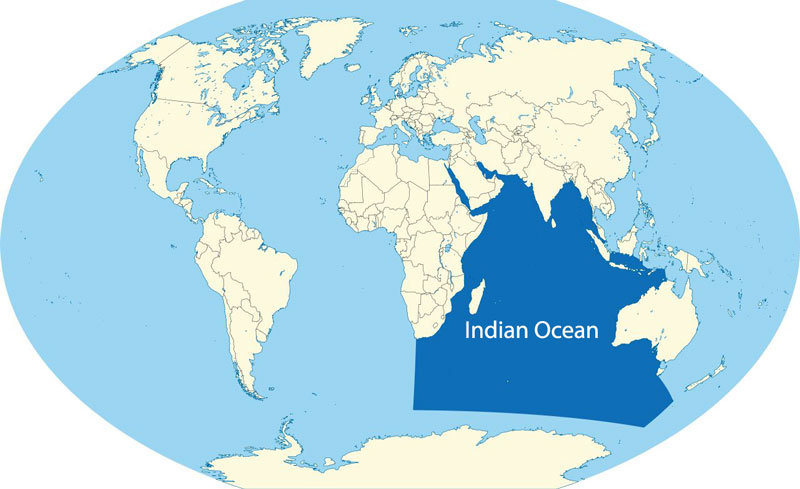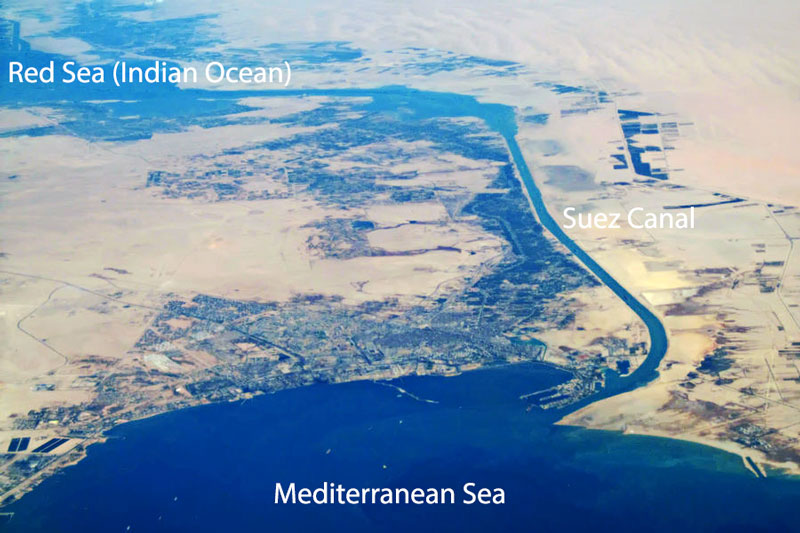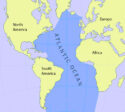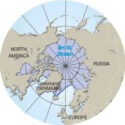 The Indian Ocean is the 3rd largest ocean among the five major oceans of the Earth. It covers around 19.8% of our Earth’s surface. The Indian Ocean has been named after India – a country. The main reason for keeping its name after India is due to the country’s largest shoreline with the Ocean. The Indian Ocean is surrounded by four continents; Asia, Africa, Antarctica, and Australia.
The Indian Ocean is the 3rd largest ocean among the five major oceans of the Earth. It covers around 19.8% of our Earth’s surface. The Indian Ocean has been named after India – a country. The main reason for keeping its name after India is due to the country’s largest shoreline with the Ocean. The Indian Ocean is surrounded by four continents; Asia, Africa, Antarctica, and Australia.
Characteristics
Temperature
The Indian Ocean is the warmest of all the other major oceans. Its temperature is highest at the equator and coldest near southern Africa and Australia. The average temperature near the equator is around 28°C. Since 1901, there has been a continuous increase in the temperature of the Indian Ocean. According to researchers, the increase in temperature is due to the emission of greenhouse gases across the globe.
Salinity
Indian Ocean’s salinity is highest in the northern region, known as the Arabian Sea, due to the higher amount of evaporation and low precipitation. However, the salinity drops from the north region towards the southeastern region. The least saline region of the Indian Ocean is the Bay of Bengal. It has less salinity due to the inflow of freshwater rivers and a higher amount of precipitation.
Water Circulation
There are two main gyres (systems of circulating ocean currents) in the Indian Ocean. One is in the northern part which flows in the clockwise direction, and the second is in the southern part which flows in the anticlockwise direction. These ocean currents are highly affected by monsoon (seasonal changes in precipitation and circulation of the atmosphere).
Waterways

The waterways in an Ocean or a Sea are routes that connect different Oceans and Seas. The Indian Ocean has four major waterways; The Suez Canal, Bab el Mandeb, the Strait of Hormuz, and the Strait of Malacca. Among these waterways, the Suez Canal is the busiest and most used waterway that connects the Red Sea (region of the Indian Ocean) to the Mediterranean Sea for transporting goods from Asia to Europe.
Islands of the Indian Ocean
There are about 1,382 islands in the Indian Ocean including habited and inhabited. Among these Islands, the five larger Islands are Madagascar, Sri Lanka, Grande Terre, Nias, and Socotra. Madagascar and Sri Lanka are the independent Island countries
Tsunami Of 2004– World’s Deadliest Disaster
A tsunami is a sequence of powerful waves in the ocean generated by earthquakes or underwater volcanoes. In December 2004, a powerful earthquake happened in Indonesia with a magnitude of 9.1. Due to this, the most powerful tsunami in the past 40 years was generated in the Indian Ocean. Around 14 countries were affected by this tsunami and a total of 225,000 people were killed.
Interesting Facts
- The Java Trench is the deepest place in the Indian Ocean. Its depth is 7,187 meters, which is 65% of the Mariana Trench whose depth is 11,000 meters.
- The Indian Ocean is also referred to as the landlocked Ocean because its northern part is locked by Asian Continent.
- Due to high evaporation and low precipitation, the Indian Ocean has a lower amount of dissolved oxygen as compared to other major Oceans.



